Salten Dykes

Salten Dykes is a series of recipes and flavours to inhabit the new climate regime. It draws on farming and culinary practices that have reimagined the eating potential of what grows on salinised soil, challenging the fertile-infertile binary that has long defined modern Western agriculture. Instead, these practices emerge from new geographies of subsistence and abundance that include, rather than resist, an increasingly salty landscape.
For a long time, the Elbe’s delta has been undergoing transformation. The inward press of the sea, combined with nutrient pollution from excessive fertilizer use, has reshaped the agricultural landscape of the region. As these processes escalated, ecological zones where freshwater crops are no longer viable have steadily formed and expanded from the sea coast to Hamburg. In light of these changes, some farming communities have embraced salinity as a condition to eat and produce food in and with the tides.
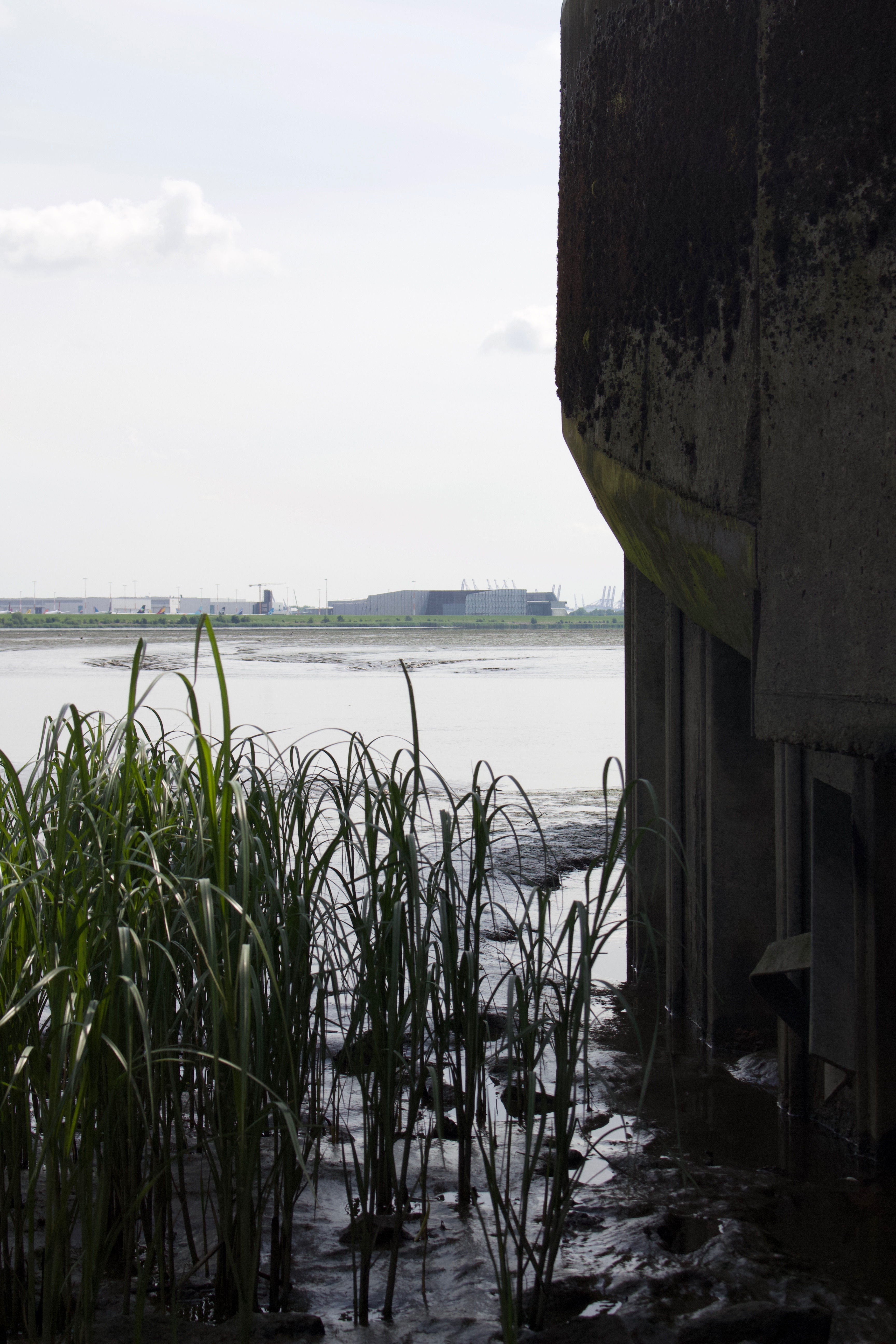
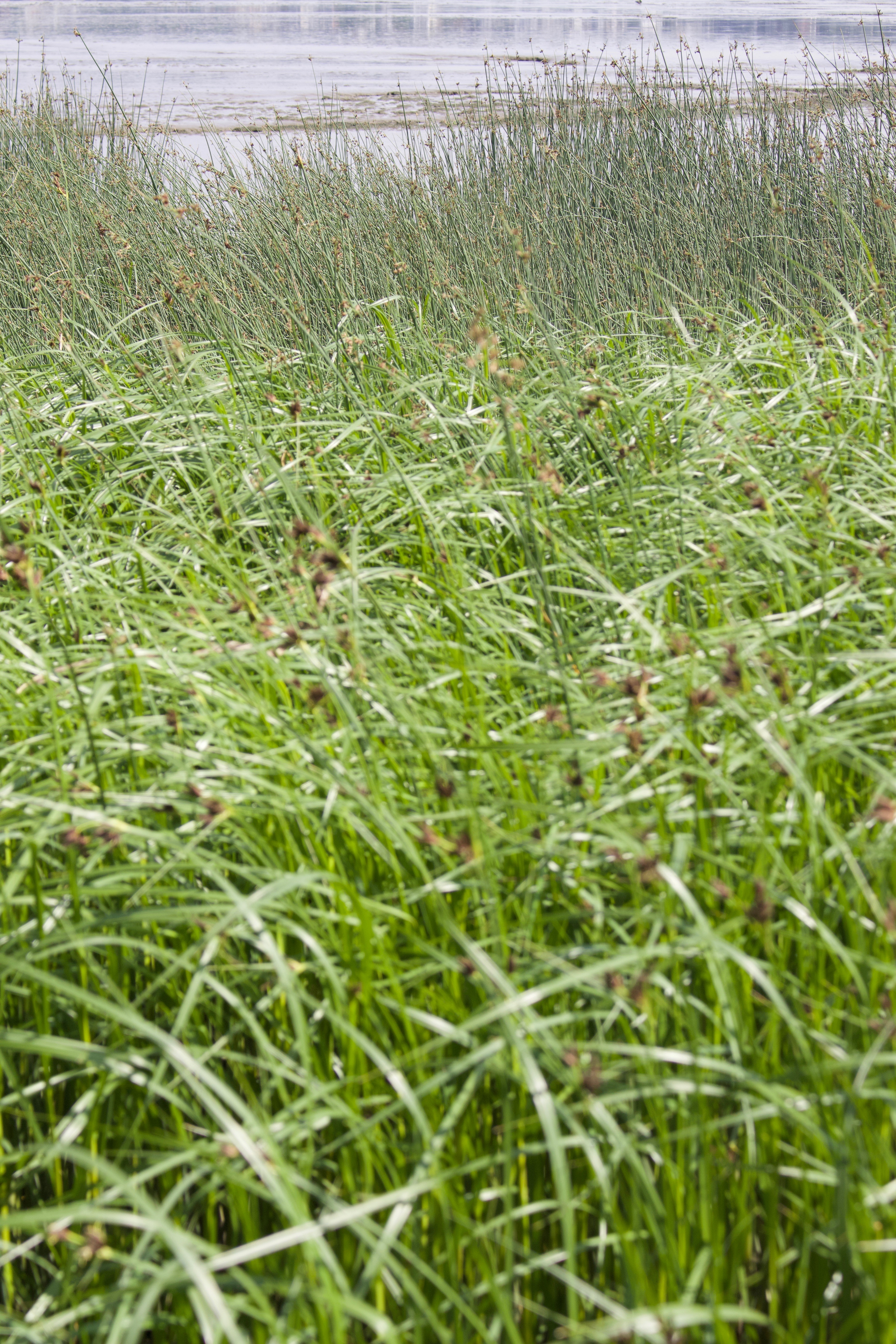
Halophytes, from the Greek hals (salt) and phyton (plant), have long flourished in salt marshes and brackish tidal zones. As conditions for their growth have expanded, Queller (Samphire), Portulak (Sea purslane), and other halophytes have begun to take root in agricultural soils damaged by excessive fertilizer use and in areas affected by salt wedges where croplands have been abandoned.
Cultivating halophytes has required rethinking food. In this organisation of meanings, new practices emerged that blurred the boundaries between wild and domesticated, land and sea, emerged and submerged. Croplands transformed into salt marshes, salinity was recognised as a source of fertility, and weeds became crops.
It has been a quiet fabulation of soil and sea.
Amphibious practices have created space to repair anthropogenic soil relations without externalising damage. Instead, they’ve woven it into a strategy of adaptation—one that compels us to stay with the trouble in the pursuit of social and ecological justice.
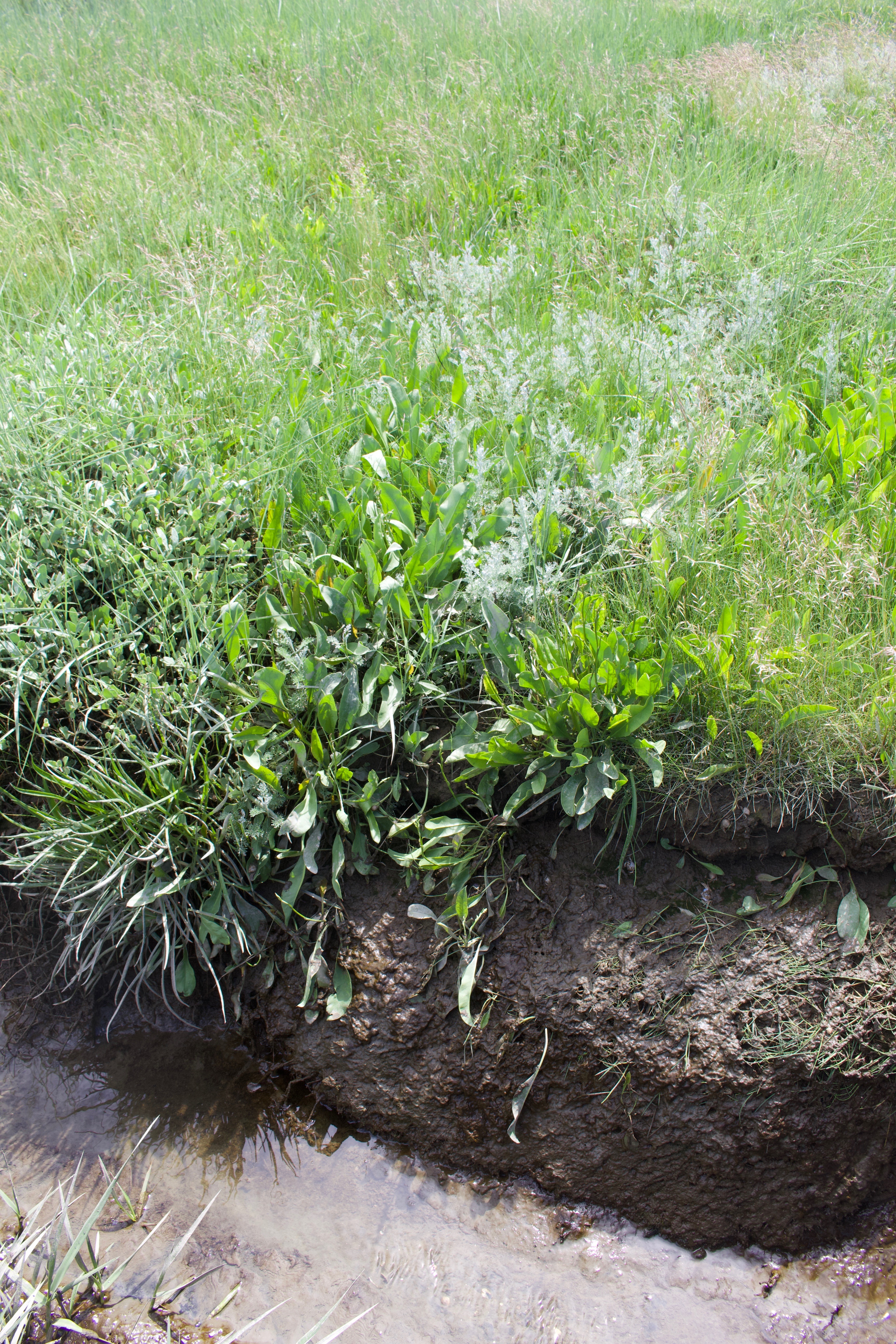
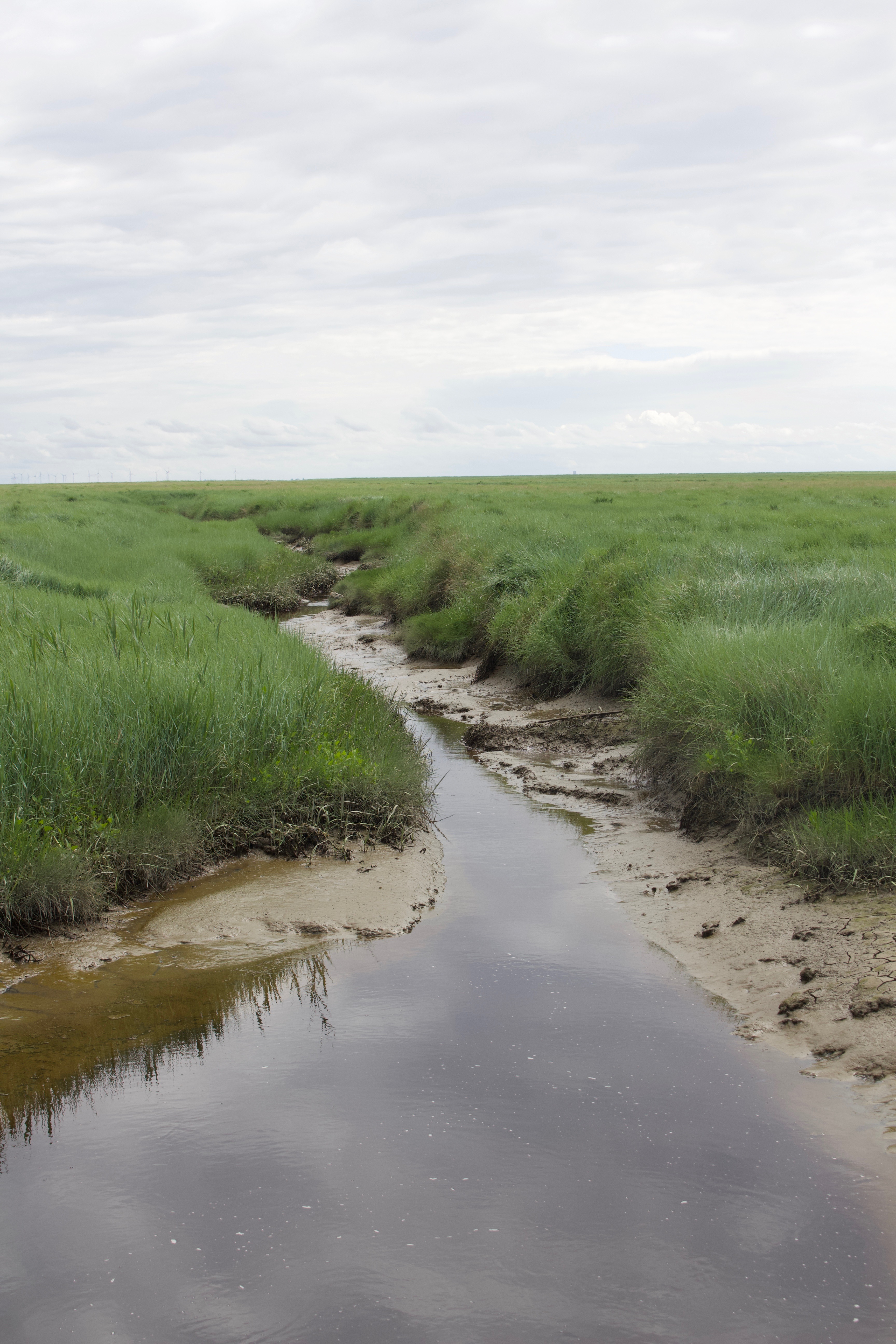
Indeed, the control and creation of soil fertility have long been tied to the project of empire, legitimising the occupation of land and prolonging its afterlives in varying degrees of uninhabitability across imperial geographies of extraction.
In coastal, riverine, and deltaic environments, both along the coasts and within mainland Europe fertile soil has been constructed by draining wetlands and eliminating tidal influences. The rise of global and colonial fertiliser industries, such as those built on guano and saltpetre and monopolised by Germany—and Hamburg—transformed agriculture. These systems industrialised fertility and fertilisation on a scale and timespan that reshaped landscapes and livelihoods. Drained and chemically engineered through fertilisers, agricultural soil was built at the expense of wetlands, and in opposition to brackishness. Now, in turn, reclaimed croplands have become exhausted under the weight of intensified productivity.
Though seemingly opposite, salt marshes and fertiliser-damaged croplands are deeply connected ecologies. Both have borne the weight of colonial ideologies that labelled them barren and claimed them empty because unsuitable for freshwater agriculture. Through these categorisations—and the extractive mindset that shaped them—their life-worlds have been reshaped into vacant sites, primed for dispossession and erasure.
While excess fertilisation was and still is a consequence of human-driven climate change, labelling it as "contamination" ensured that life-denying practices of extractive capitalism, which are at the root of these extreme transformations, persisted into the future.
Against this backdrop, feeding on salt marshes and fertiliser-damaged croplands became a catalyst for repairing both the future and the past. These practices held the seeds of renewal, moving us beyond the paradigms of modern habitation and offering a vision of abundance drawn from so-called "infertile" place
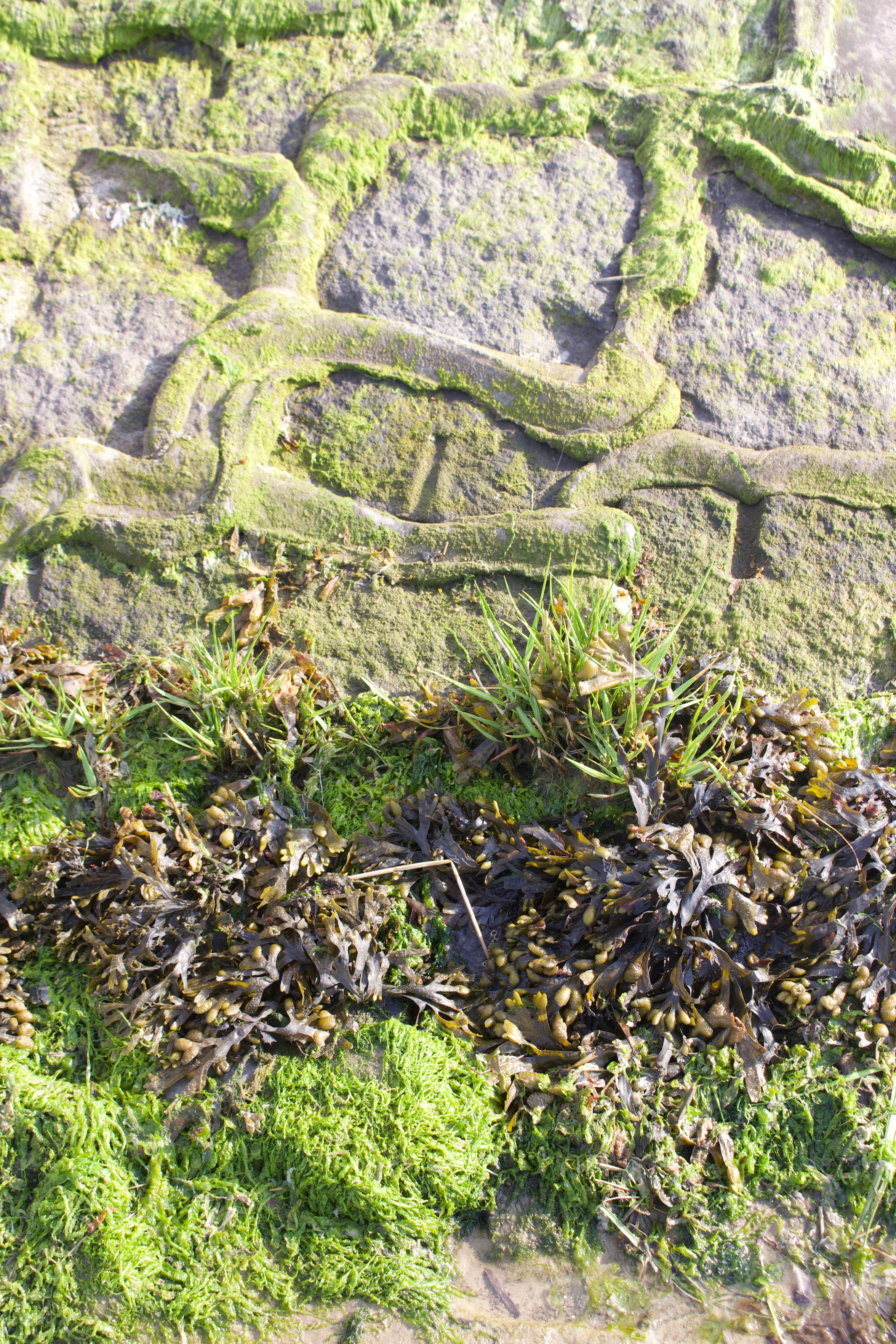

The menu we designed is one such result of this story. It is as much a manifesto as a meal, redefining food systems as a decolonial project and a means of healing—not just the land but the relationships that sustain it.
The tastes of this menu emerge from wild halophytes that have transformed into crops, and croplands that have returned to salt marshes. From the milk of sheep grazing on algae while compacting the soil, to mushrooms grown in forests that welcomed the tides, this menu weaves new myths for a world remade. Each bite is a memory of an otherwise that might still be. By cooking, eating, and tasting you partake in its restoration.
In this act of fabulation, food re-enchants the world, surfacing a multitude of stories for a future that might still be possible.
Salt Dykes, The Menu
The very idea of Salt Dykes has the taste of a contradiction. Of paradox.
Anywhere, on this mainly-made-of-salty-water globe people have built ideas, infrastructures and institutions to control water.
Saltwater has to be kept out, freshwater needs to be rigorously managed in. Out or within is intended in the regards of the land to be made productive and inhabitable. These are the basics of landscape formation in coastal, intertidal, estuarine and water saturated environments, a long negotiation with the liquid elements that eventually de-generated in open conflicts and military (and industry) backed campaigns of domestic colonisation. It has left us with the general, binary understanding that land is opposed to water, and freshwater is opposed to saltwater where mental, physical and socio-economical barriers are built to separate the two masses and control the hypothetical, linear rim where they meet.
Dykes are the fortification on this front, a system of defence designed to contain water, to regulate flows and tides or even exclude them, to divert and manage water according to the need. Dykes can be extraordinary pieces of craft, masterpieces of human ingenuity, so integrated in the landscape and in the modern mindset to seem they’re placed there to safeguard the maintenance of a natural order. Water should be water, land should be land. Wasn’t it God’s will? Only after this separation the land could bear fruits. Hence the notion that salt shouldn’t meet the land,and nothing can grow from salt.
Salt is or used to be currency (salary), subject to monopolies producing unspeakable wealth, economic and political power, tool of government and negotiation, device of destruction and humiliation, vehicle and enhancer of taste, pathogen and regulator, preservatives. And that’s limited to sea salt; modern agriculture relies heavily on other salts as fertilisers, too much of too few, responsible for most of the soil nutrients depletion.
Salt is a lot of things but how can it possibly be related to dykes beside the current opposition? Surely dykes can’t be made of salt rather than concrete and soil. Yet salt is, in a sense, an osmotic dyke. It has multiple ways to intrude a space that is engineered to keep it out. It seeps through, saturating soil and even crumbling concrete and bricks; it creeps into those very infrastructures built to regulate waters, to move masses of waters and goods, as rivers and canals. Salt blurs the artificial, non-dimensional border of the physical and mental dyke expanding it, creating a new region on both sides of it which is neither fully water or land. Not freshwater nor salty, a brackishness to be explored that already affects landscapes before even being considered existing. That’s the mental limit, the cultural blindness fostered by a lack of tools to investigate and understand beside the binary.
Salt Dykes is a serious invitation to let the imagination (the capability to generate images as a tool for learning and forming) be dragged on the other side of the membrane, to make culture permeable and adapt it to changing, non-linear, non-dichotomous conditions. The menu is an exercise to the taste as a means to defy the general understanding or practicing of spaces and edibility, hence the paradox. Recipes records no weight or measures, no procedural or serving hints but a way to think about ingredients and reframe their value as such.
